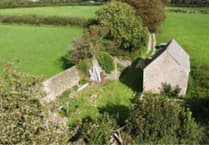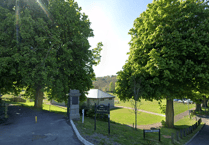ON NOVEMBER 11, 1918, the guns fell silent.
The war to end all wars was finally over; the countryside of the Continent left bleak, barren and littered with the bodies of the fallen.
Those who survived the almost indescribable scenes of death and destruction were forever changed and vast swathes of Western Europe, once luscious and beautiful, became an endless sea of mud, debris and the unsavoury things pertaining to the human body.
Amidst this horrific landscape, however, a flower flourished.
The bright red flower grew in its thousands and stole the gaze of all who saw them: the flower in question is of course the poppy.
Lieutenant Colonel John McCrae became especially transfixed by the poppy. Serving as a doctor with the Canadian Field Artillery 1st Brigade, McCrae was so moved by what he saw that in the spring of 1915 he wrote the now famous poem: ‘In Flanders Fields’.
Touching the hearts of people around the world, the poem left a particular impression on Amercian academic Moina Michael who adopted the poppy in memory of all those who lost their lives: subsequently campaigning for the poppy to be adopted officially by countries as a symbol of Remembrance.
In 1921 shortly after its founding by Earl Haig, The Royal British Legion adopted the poppy as its official emblem.
The first ‘Poppy Appeal’ of the same year raised more than £100,000 and the money was used to help veterans find both housing and employment.
Today, the poppy remains an enduring symbol of Remembrance and hope.
Lest we forget.




